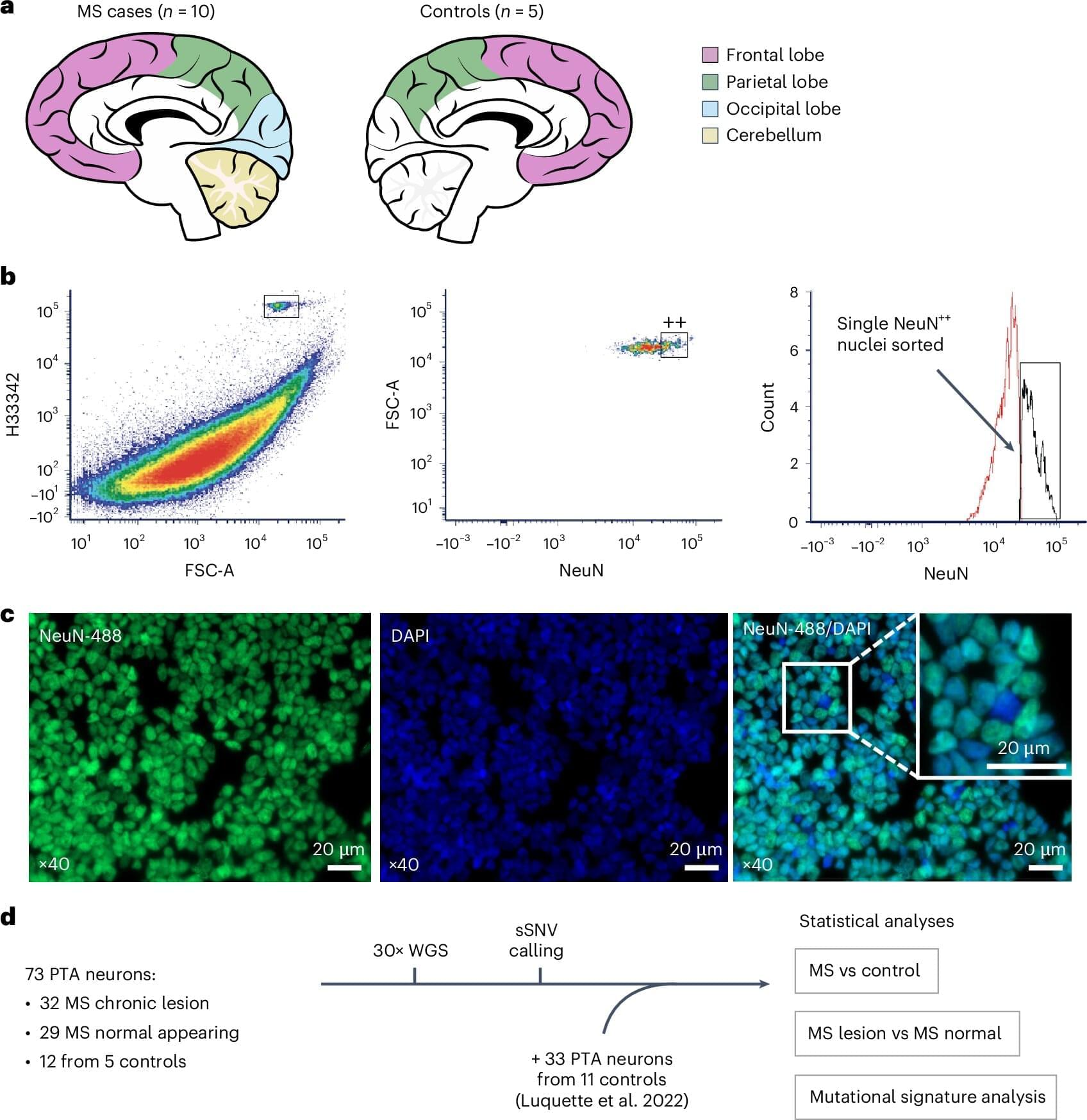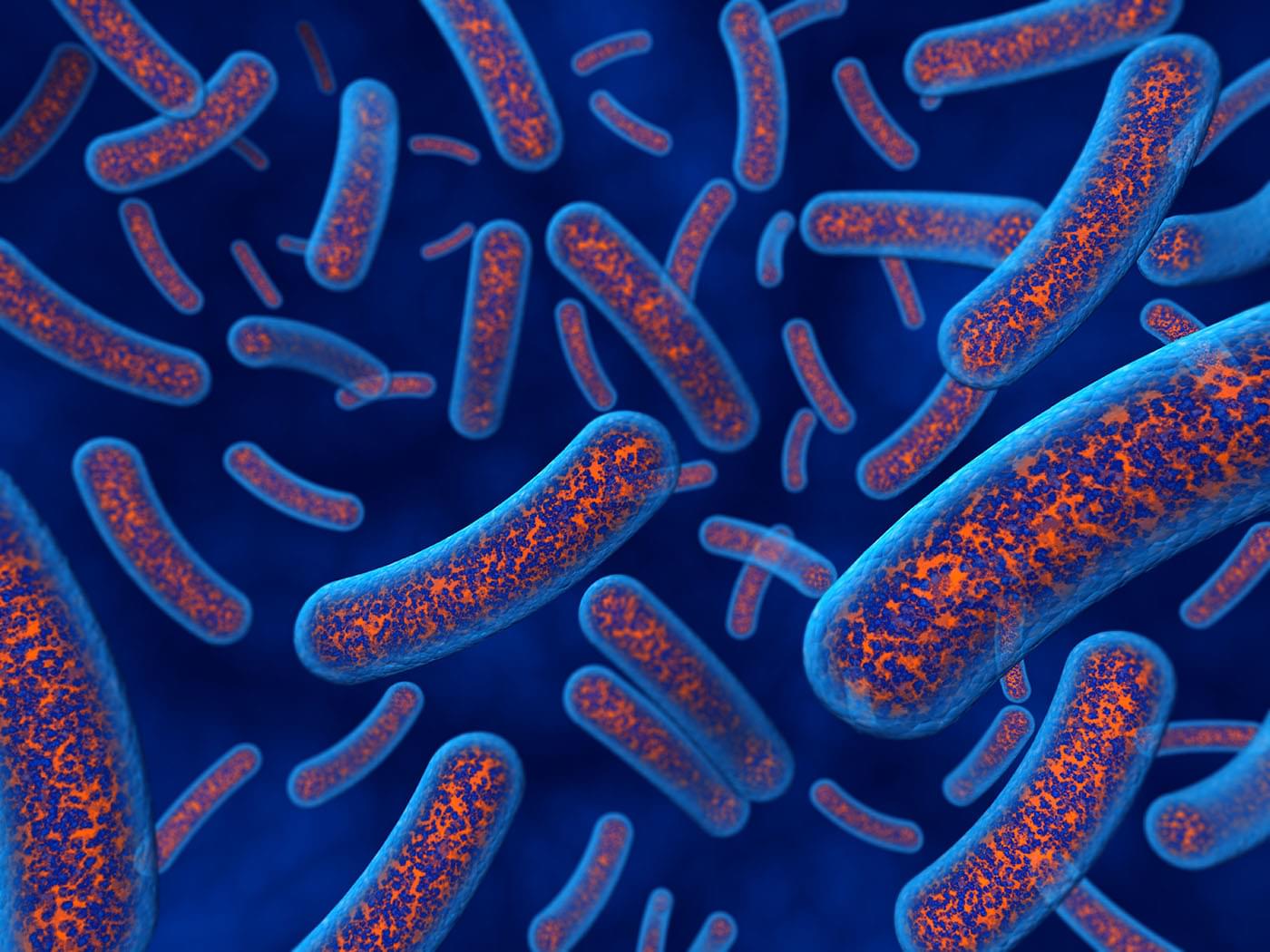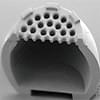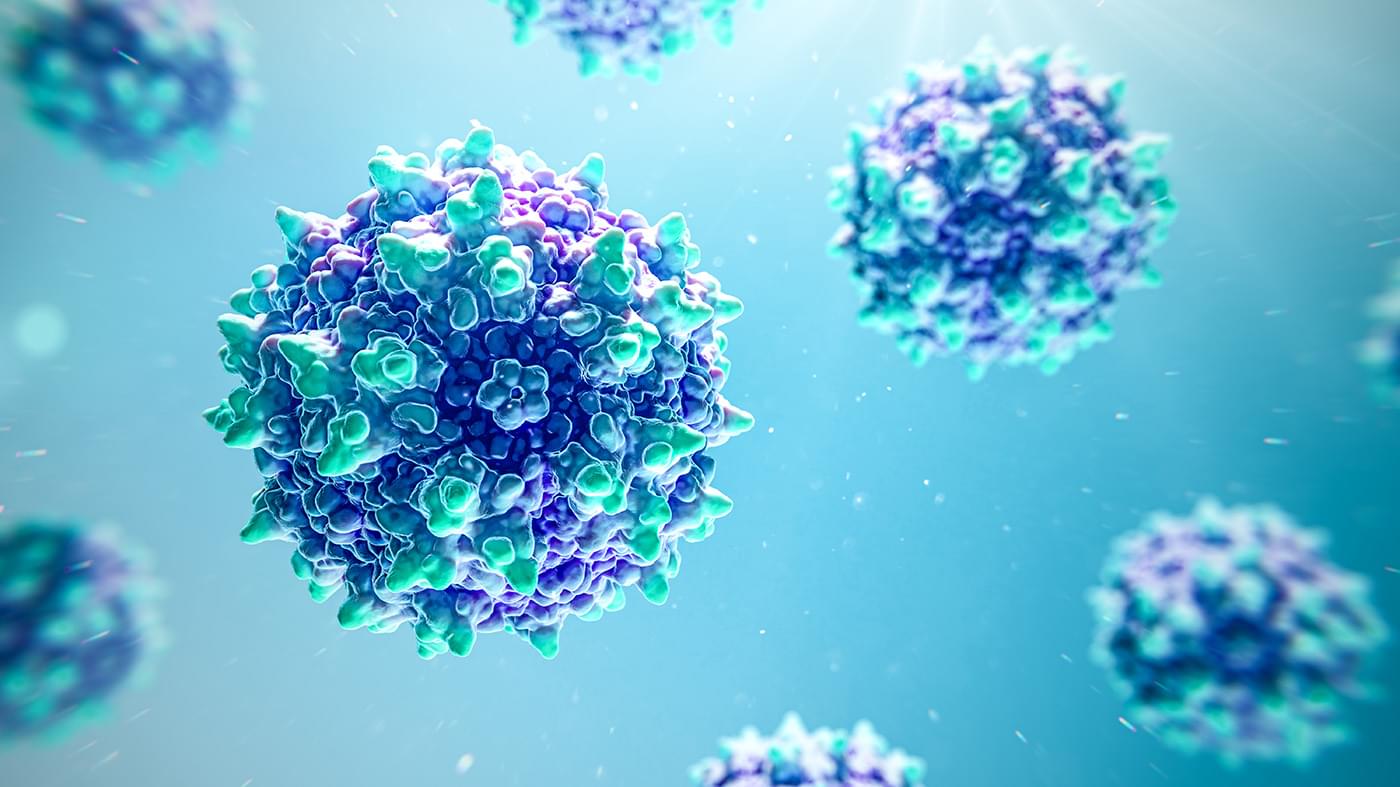The world’s first “biological computer” that fuses human brain cells with silicon hardware to form fluid neural networks has been commercially launched, ushering in a new age of AI technology. The CL1, from Australian company Cortical Labs, offers a whole new kind of computing intelligence – one that’s more dynamic, sustainable and energy efficient than any AI that currently exists – and we will start to see its potential when it’s in users’ hands in the coming months.
Known as a Synthetic Biological Intelligence (SBI), Cortical’s CL1 system was officially launched in Barcelona on March 2, 2025, and is expected to be a game-changer for science and medical research. The human-cell neural networks that form on the silicon “chip” are essentially an ever-evolving organic computer, and the engineers behind it say it learns so quickly and flexibly that it completely outpaces the silicon-based AI chips used to train existing large language models (LLMs) like ChatGPT.
“Today is the culmination of a vision that has powered Cortical Labs for almost six years,” said Cortical founder and CEO Dr Hon Weng Chong. “We’ve enjoyed a series of critical breakthroughs in recent years, most notably our research in the journal Neuron, through which cultures were embedded in a simulated game-world, and were provided with electrophysiological stimulation and recording to mimic the arcade game Pong. However, our long-term mission has been to democratize this technology, making it accessible to researchers without specialized hardware and software. The CL1 is the realization of that mission.”









